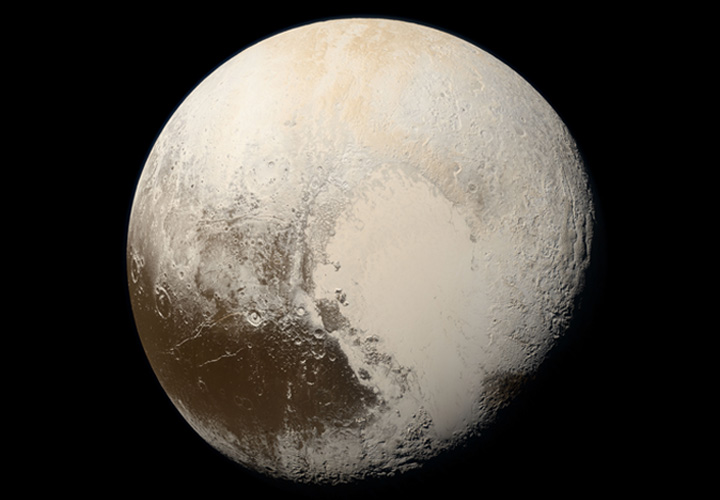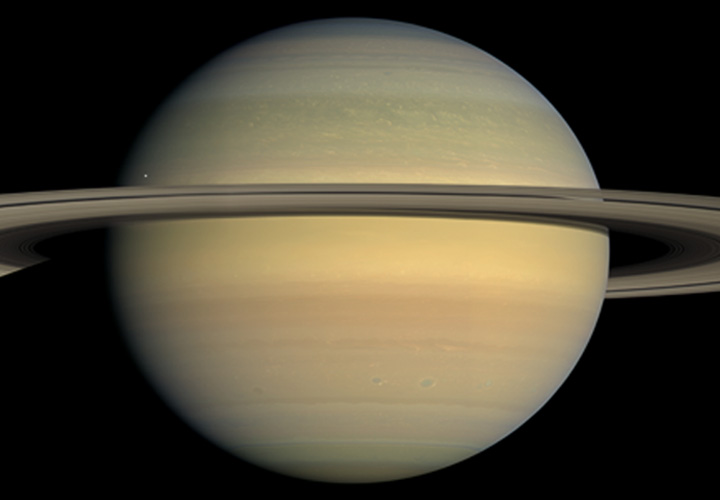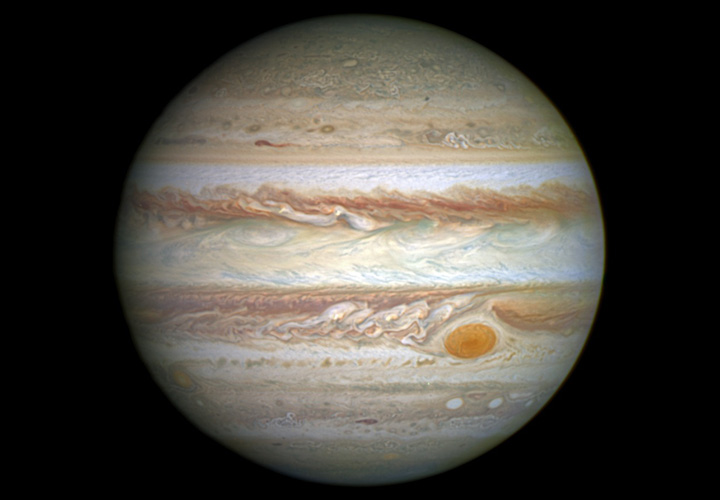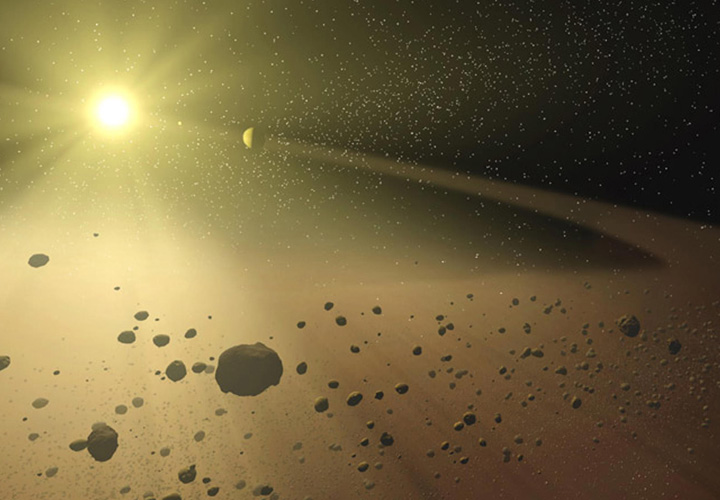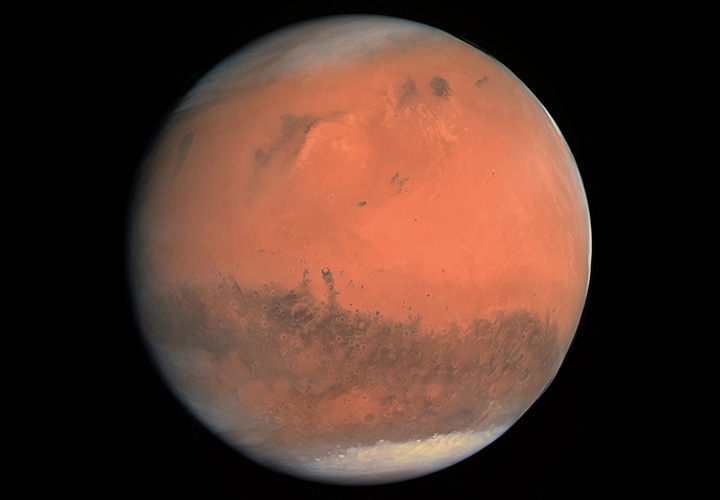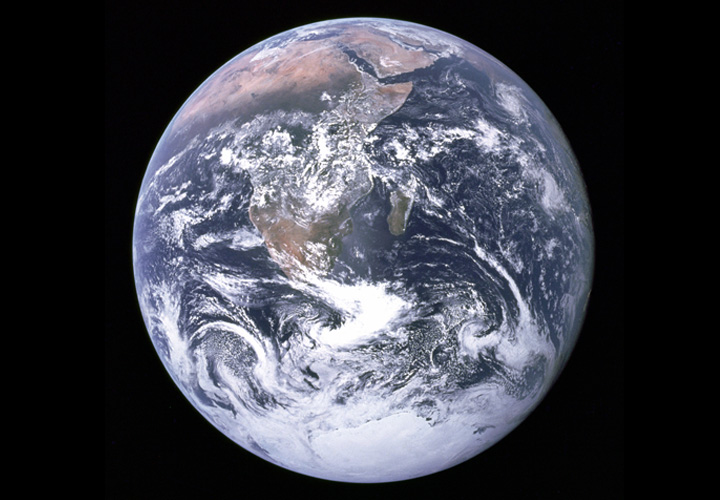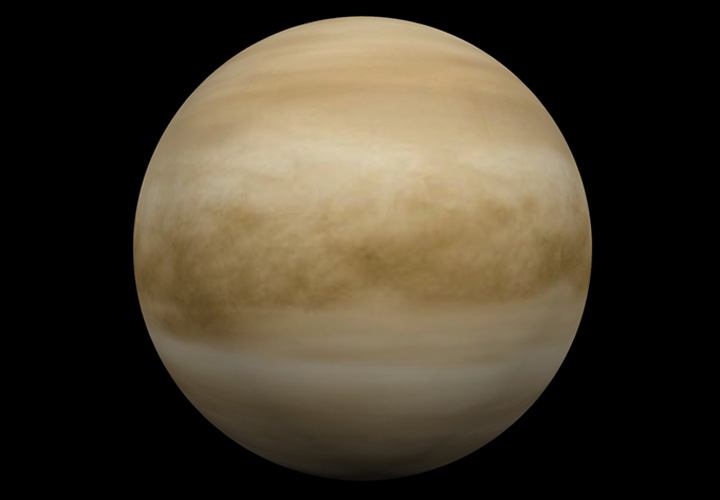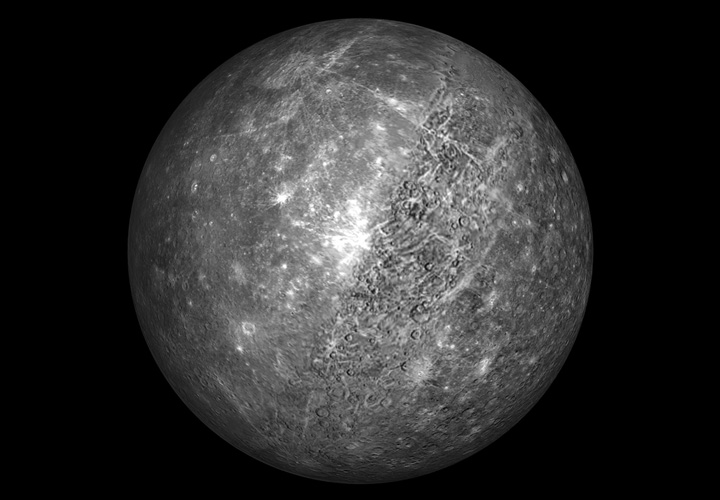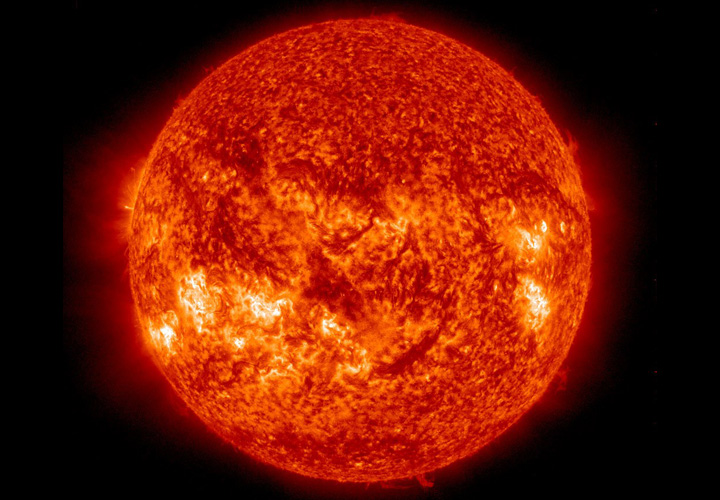15 Facts about Mars: The Next Destination
Mars ( ♂︎ , मंगल ), the fourth planet of the Solar System can be called the most behaved planet after Earth. Unlike extreme conditions on Mercury and Venus and unavailability of a solid surface on the giant planets, Mars is the only nearby place we can think of having a colony. It sounds nice but in reality, Mars is still a very hostile planet. A colony may be a dream of far future but we may soon have few humans there. Here are some interesting facts about our friendly neighbour Mars: The Greeks named this planet as Ares, the Greek God of War. Then, Roman changed the name of the planet as their God of War: Mars Mars is the second smallest planet in the Solar System after Mercury The Maps by Christiaan Huygens contain terrain features of Mars The rotation on Axis (Solar Day)…
15 Facts about Earth: The Planet We Call Home
Earth ( ⊕ , पृथ्वी ), our very own blue planet is the only known celestial body known to have life. Call it the act of god or a series of favourable circumstances, our planet managed to hit the perfect balance. This balance took billions of years but in the end, we got our miracle planet. Here are some interesting facts about our home planet Earth: The age of Earth is deduced on the basis of radiometric dating and other sources of evidence Like all other astronomical objects in the universe, Earth was formed by Accretion Appendix: Primordial The material that was in orbit around the Earth quickly coalesced into the Moon, possibly within less than a month, but in no more than a century. Some of Theia’s mass merged with Earth The first atmosphere was captured from the solar nebula. A combination of the solar…
15 Facts about Venus: The Burning Queen
Venus ( ♀︎, शुक्र ), the only planet of our Solar System regarded as a female is the evil twin sister of our planet. This shiny morning star is a hell with a raging temperature, crushing pressure and acidic clouds. Venus is a perfect example to show what the greenhouse effect can do to a planet. Here are some interesting facts about the gruesome Venus: The two continents on the planet are also named after women. The Northern continent Ishtar Terra is named after the Babylonian goddess of love and southern continent Aphrodite Terra is named after the Greek goddess of love Due to its reverse rotation, Sun rises in the west and sets in the East The diameter of Venus is only 638.4 km less than Earth‘s and its mass is 81.5% of that of Earth’s mass This results in reduced heat loss from the…
15 Facts about Mercury: The Messenger of God
Mercury ( ☿ , बुध ), the closest planet to the Sun is the one which faces its maximum fury. This tiny piece of rock has its own fascinating features. Here are some interesting facts about the mighty Mercury: Both moons individually only have a mass equal to 40% of Mercury The Roman god Mercury serves as the guide of souls to the underworld An observer on Mercury would see only one day every two Mercurian years The polar region is constantly below -93° C Mercury is too small and hot for its gravity to retain any significant atmosphere over long periods of time Appendix: Exosphere This Exosphere contains Hydrogen, Helium, Oxygen, Sodium, Calcium, Potassium and others. Mercury’s gravity is double that of our Moon Mercury’s magnetic field is much weaker than Earth‘s magnetic field. It is still strong enough to deflect…
15 Facts about Sun: The Star that Owns it All
Our Sun ( ☉ , सूर्य ) is not just a star at the centre of our Solar System but also the engine that powers everything around it. It’s gigantic, hot and its gravitational force is what keeping everything in place. Here are some interesting facts about our very own star Sun: Sun’s radius is 1700 times smaller than the radius of the biggest known star UY Scuti (Pronunciation: U Y Scu-taai) which is a red supergiant in the constellation Scutum It’s 109 times the diameter of the Earth The diameter of the Earth at the equator is about 43 km larger than the pole-to-pole diameter. Earth has an equatorial diameter of 12,756 km Other elements present on the Sun are Oxygen: 1%, Carbon: 0.3%, Neon: 0.2% and Iron 0.2% And the Sun will continue to do so for another few billion years This…
